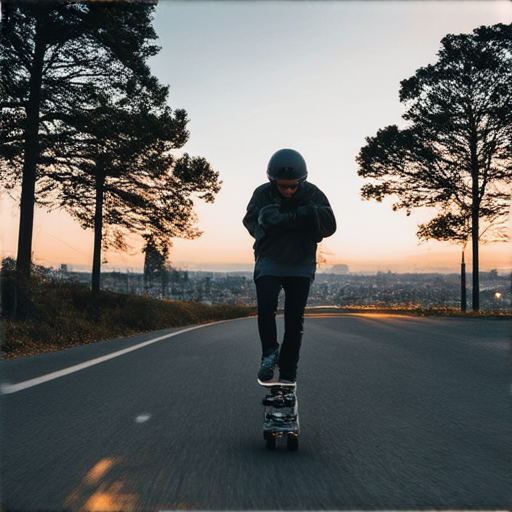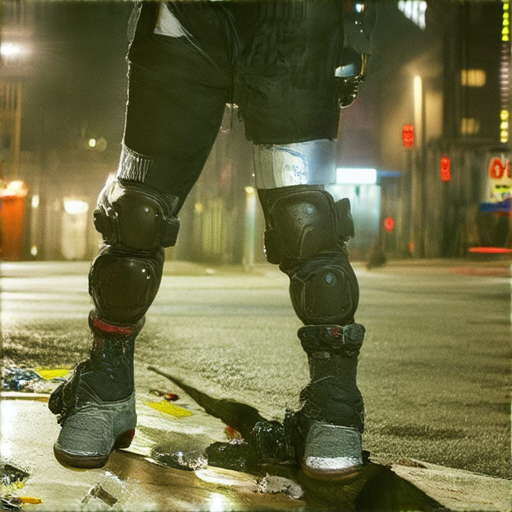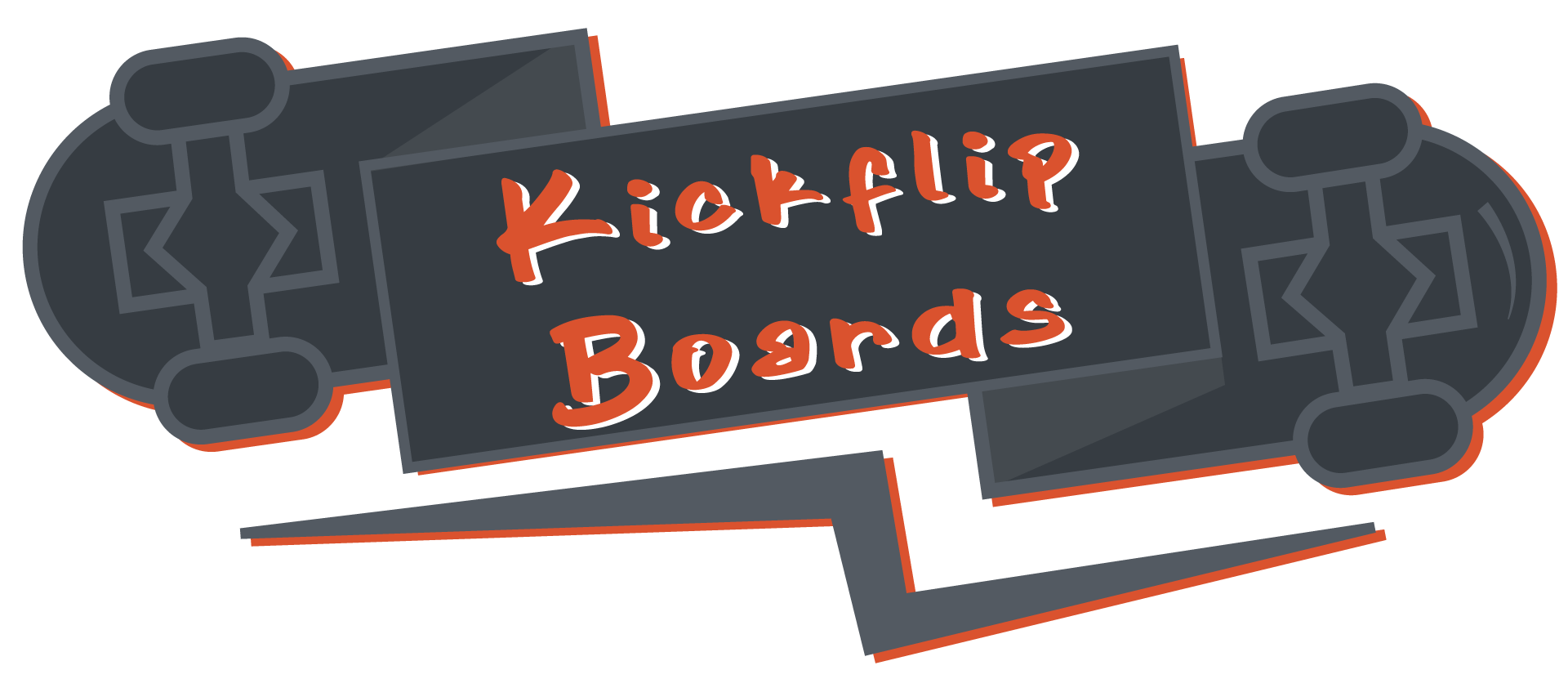Essential Safety Gear for Skateboarding: Protect Yourself from Injuries and Risks
Skateboarding is a thrilling and exciting activity that requires skill, practice, and a bit of luck. However, like any other sport or physical activity, it carries inherent risks and dangers that can lead to injuries and fatalities. One of the most critical factors in preventing these risks is wearing the right safety gear.
Whether you’re a seasoned pro or just starting out, understanding what safety gear you need for skateboarding is crucial. From helmets to knee pads, there are several types of protective gear available that can help reduce the risk of injury and keep you safe while skateboarding. In this article, we’ll explore the different types of safety gear required for skateboarding, debunk common myths surrounding protective gear, and discuss the benefits of wearing safety gear for adult and youth skateboarders alike.
We’ll also delve into the importance of choosing the right safety gear, how to select the best protective equipment for your needs, and provide recommendations for top-rated safety gear sets and DIY options. Whether you’re looking to upgrade your existing gear or start from scratch, this comprehensive guide will equip you with the knowledge and confidence to stay safe and protected while skateboarding.
So, what are you waiting for? Learn how to protect yourself from injuries and risks associated with skateboarding and discover the essential safety gear you need to take your skills to the next level.
Safety Gear for Skateboarding
When it comes to staying safe while skateboarding, having the right gear can significantly reduce the risk of injury. At Kickflip Boards, we understand the importance of safety and want to provide you with a comprehensive guide to help you choose the essential safety equipment.
Essential Safety Equipment for Skateboarding
- Kickflip Boards recommends starting with a properly fitted helmet that meets Consumer Product Safety Commission (CPSC) standards and has a certification sticker. Consider helmets specifically designed for skateboarding, which often have additional features such as ventilation systems and adjustable straps.
- Close-toed, slip-resistant shoes are a must-have for skateboarding. They provide support and stability, reducing the risk of ankle sprains and foot injuries. Choose shoes made from durable materials, such as leather or synthetic materials, and ensure they fit snugly.
- Wrist guards offer protection against wrist injuries, particularly those caused by falls or collisions. Look for guards made from flexible materials, such as foam or gel, and consider ones with padding for added comfort.
- Knee pads provide crucial protection for your knees, helping to absorb impact and prevent bruising. Opt for pads made from thick, shock-absorbing materials, such as foam or hard plastic, and consider ones with reinforced padding for extra protection.
- Elbow pads offer similar protection to knee pads, shielding your elbows from impact and abrasion. Choose pads made from durable materials, such as foam or hard plastic, and consider ones with reinforced padding for extra protection.
- Goggles or shatterproof glasses protect your eyes from debris, dust, and other hazards. Look for goggles or glasses with impact-resistant lenses and frames, and consider ones with anti-fog coatings for improved visibility.
Additional Safety Features to Consider
Some skateboards come equipped with additional safety features, such as built-in brakes or suspension systems. These features can enhance your overall safety experience and provide extra protection in case of a fall.
Inspection and Maintenance
Always remember to inspect your gear regularly and replace worn-out parts to ensure optimal performance and safety. By following these simple steps, you’ll be able to enjoy skateboarding while minimizing the risk of injury.
Protective Gear for Skateboarders: A Comprehensive Guide
Skateboarders wear protective gear to minimize the risk of injury when performing various skateboarding maneuvers. Wearing proper safety equipment can significantly reduce the likelihood of severe injuries, such as broken bones, head trauma, and concussions.
Essential Protective Gear for Skateboarders
- Kickflip Boards recommends wearing a helmet that meets the standards set by organizations such as the Consumer Product Safety Commission (CPSC) or Snell Memorial Foundation. A helmet is the most critical piece of safety gear for skateboarders.
- Wrist guards provide support and protection for the wrists, which are prone to injury during falls or crashes. They help prevent fractures and sprains, allowing skateboarders to continue skating without discomfort.
- Elbow pads offer protection for the elbows, which are vulnerable to injury during falls or collisions with the ground. They help absorb shock and distribute pressure, reducing the risk of elbow fractures or strains.
- Knee pads protect the knees from impact and abrasion, reducing the risk of knee injuries such as bruises, cuts, and fractures.
- Skateboarding shoes should have a sturdy sole, ankle support, and a comfortable fit. They help prevent ankle rolls and provide stability, allowing skateboarders to maintain balance and control.
Additional Safety Considerations
Always inspect your safety gear before each skate session to ensure it is in good condition and properly fitted. Wear safety gear consistently, even when skating in familiar environments or performing simple tricks. Consider wearing additional safety gear, such as a mouthguard or neck roll, depending on your skating style and preferences.
Industry Insights and Statistics
According to the American Academy of Pediatrics (AAP), wearing a helmet can reduce the risk of head injury by up to 70% (AAP, 2019). Additionally, a study published in the Journal of Athletic Training found that skateboarders who wore safety gear were less likely to experience injuries than those who did not (Journal of Athletic Training, 2017).

Why Skateboarders Don’t Wear Protective Gear
Skateboarding has become increasingly popular over the years, attracting millions of enthusiasts worldwide. However, one aspect of skate culture that often raises eyebrows is the lack of protective gear among many skateboarders. In this article, we’ll delve into the reasons behind this trend and explore whether wearing protective gear is truly necessary.
Reasons Behind the Lack of Protective Gear
- Kickflip Boards has noticed that some skateboarders have been hesitant to wear protective gear due to its weight and restrictiveness.
- The historical roots of skateboarding also play a significant role in the lack of protective gear. Skateboarding originated in the 1950s and 1960s, when safety concerns were minimal.
- Another factor contributing to the absence of protective gear is the cost. High-quality protective gear can be expensive, deterring some skateboarders from investing in it.
- Some skateboarders may downplay the risks associated with falling or colliding with objects, believing that the benefits of skateboarding outweigh the potential dangers.
The Reality of Skateboarding Injuries
According to the American Academy of Orthopaedic Surgeons (AAOS), falls are the leading cause of injury in skateboarders, accounting for approximately 50% of all injuries. Broken bones, concussions, and soft tissue injuries are common consequences of skateboarding accidents.
The Importance of Protective Gear
Wearing protective gear can significantly reduce the risk of injury. A study published in the Journal of Athletic Training found that skateboarders who wore helmets had a 70% lower risk of head injury compared to those who didn’t wear helmets.
Conclusion
While some skateboarders may choose not to wear protective gear due to weight, cost, or perceived risk, the reality is that injuries can occur even without it. By understanding the historical roots, limitations, and costs associated with protective gear, skateboarders can make informed decisions about their safety.
Protecting Yourself When Skateboarding
When engaging in skateboarding activities, it is crucial to take necessary precautions to minimize the risk of injury. Wearing proper protective gear is essential to ensure a safe and enjoyable experience.
Key Factors to Consider
Protective Gear Essentials
Proper protective gear is vital to preventing injuries while skateboarding. Here are some essential items to consider:
Helmets
A helmet is the most critical piece of protective gear for skateboarding. When selecting a helmet, look for one that meets safety standards set by organizations such as the Consumer Product Safety Commission (CPSC) or Snell Memorial Foundation. Ensure the helmet fits snugly and is levelled correctly to prevent shifting during use.
Knee Pads and Elbow Guards
Knee pads and elbow guards provide essential protection against scrapes and bruises. Choose pads that offer adequate coverage and select elbow guards that allow for flexibility and mobility. Ensure the pads fit comfortably and don’t restrict movement.
Wrist Guards
Wrist guards prevent wrist sprains and fractures, especially when performing tricks or landing jumps. Opt for guards made from durable materials, such as foam or hard plastic.
Additional Protective Gear
In addition to helmets, knee pads, and elbow guards, consider wearing gloves to protect hands from cuts and abrasions. Closed-toe shoes or skateboarding boots can also prevent foot injuries.
Eye Protection
If riding in urban environments, wear eye protection, such as goggles or glasses with impact-resistant lenses.
Regular Maintenance and Inspection
Regularly inspect and maintain protective gear to ensure it remains in good condition. Check for signs of wear, damage, or deterioration, and replace gear as needed.
Skateboarding Skills and Techniques
Develop fundamental skills, such as balancing, pushing, and turning, before attempting advanced tricks. Practice falling safely by rolling with the fall and absorbing impact with arms and legs.
Supervision and Safety Guidelines
Always skate with a buddy or group, and designate a meeting spot in case of separation. Familiarize yourself with local skateboarding laws and regulations, and follow basic safety guidelines, such as staying alert and aware of surroundings.
Most Common Skateboard Injuries
Skateboarding can be a fun and rewarding activity, but like any sport or physical activity, it carries inherent risks that can lead to injuries. Among these, some types of injuries are more prevalent than others. Here are the most common skateboard injuries:
Fractures
Fractures are one of the most common types of injuries sustained during skateboarding. According to a study published in the Journal of Pediatric Orthopedics (Kickflip Boards), fractures account for approximately 40% of all skateboarding-related injuries. The most common fractures reported among skateboarders are:
- Forearm fractures (14.6%)
- Ankle fractures (12.2%)
- Elbow fractures (8.5%)
- Head and skull fractures (5.9%)
Traumatic Brain Injuries (TBIs)
TBIs are another significant concern in skateboarding. A study conducted by the American Academy of Pediatrics (American Academy of Pediatrics) found that TBIs accounted for around 10% of all skateboarding-related injuries.
Other Injuries
Other common injuries sustained during skateboarding include sprains, strains, and lacerations. These injuries often occur due to falls or collisions with obstacles.
Preventing Skateboard Injuries
It is essential for skateboarders to take necessary precautions to minimize the risk of injury. Some effective ways to reduce the likelihood of getting hurt include:
- Wearing proper protective gear, such as helmets, knee pads, and elbow pads
- Practicing fall techniques and learning how to absorb impact safely
- Skating within one’s skill level and avoiding reckless behavior
- Regularly inspecting and maintaining skateboards to ensure they are in good condition
By understanding the most common skateboard injuries and taking steps to prevent them, skateboarders can enjoy this exciting sport while minimizing the risk of harm.
Is Skateboarding a High Risk Sport?
Skateboarding is often perceived as a high-risk sport due to its association with injuries, particularly among young participants. However, understanding the nature and extent of these risks can help mitigate them and promote safer skating practices.
Key Factors to Consider
- Injury Types: Skateboarding-related injuries can be categorized into three main types:
- Traumatic injuries (e.g., fractures, concussions) resulting from falls or collisions with objects.
- Overuse injuries (e.g., tendonitis, stress fractures) caused by repetitive strain on joints and muscles.
- Soft tissue injuries (e.g., bruises, lacerations) resulting from minor accidents or mishaps.
- Risk Factors: Several factors contribute to the increased risk of injury in skateboarding:
- Lack of proper training or experience.
- Insufficient equipment maintenance or use of substandard gear.
- Failure to follow safety guidelines or rules.
- Engaging in aggressive or reckless behavior.
- Prevention Strategies: Implementing effective prevention measures can significantly reduce the risk of injury:
- Wear protective gear, including helmets, knee pads, elbow pads, and wrist guards.
- Learn fundamental skills and techniques before progressing to advanced maneuvers.
- Regularly inspect and maintain equipment to ensure it is in good condition.
- Skate within one’s ability level and avoid taking unnecessary risks.
- Statistics and Trends: According to data from the American Academy of Orthopaedic Surgeons (AAOS), skateboarding-related injuries account for approximately 8% of all sports-related injuries in the United States.
- Read more about AAOS’s findings on skateboarding injuries.
- Mitigating Risks through Education and Awareness: Educating skaters about the potential risks associated with the sport and promoting safe practices can help minimize injuries.
- Many organizations, including the International Skateboarding Federation (ISF) and the National Skateboarding Association (NSA), offer resources and guidance on safe skating practices.
- Advancements in Equipment and Technology: Recent advancements in skateboard design and technology have led to the development of safer and more durable products.
- Some manufacturers now offer helmets specifically designed for skateboarding, which feature improved ventilation systems and impact-absorbing materials.
- Government Initiatives and Regulations: Governments around the world are implementing initiatives aimed at reducing the risk of injury in skateboarding.
- In the United States, for instance, the Consumer Product Safety Commission (CPSC) has established guidelines for skateboard safety standards.
Protective Gear for Skateboarding
When it comes to protecting yourself from injuries while skateboarding, wearing the right gear is essential. Here are some of the most important pieces of protective gear you should consider:
- Helmets: A helmet is the most critical piece of protective gear for skateboarding. Look for a helmet that meets safety standards and fits snugly on your head.
- Knee Pads: Knee pads provide excellent protection for your knees and shins. Choose pads made from durable materials and consider pads with built-in padding for added comfort.
- Elbow Pads: Elbow pads are essential for protecting your elbows and forearms from impact. Opt for pads with reinforced padding and a comfortable fit.
- Wrist Guards: Wrist guards help prevent wrist injuries by absorbing shock and distributing pressure evenly. Choose guards made from flexible materials and consider guards with built-in padding.
Choosing the Right Protective Gear
When selecting protective gear, consider the following factors:
- Fit: Ensure that your gear fits comfortably and doesn’t restrict your movement.
- Material: Choose gear made from durable, high-quality materials that can withstand impacts.
- Safety Standards: Look for gear that meets safety standards and regulations.
- Comfort: Prioritize comfort and choose gear that allows you to move freely and easily.
Conclusion
By understanding the risks associated with skateboarding and taking steps to protect yourself, you can enjoy this exciting sport while minimizing the likelihood of injury.

0 Comments